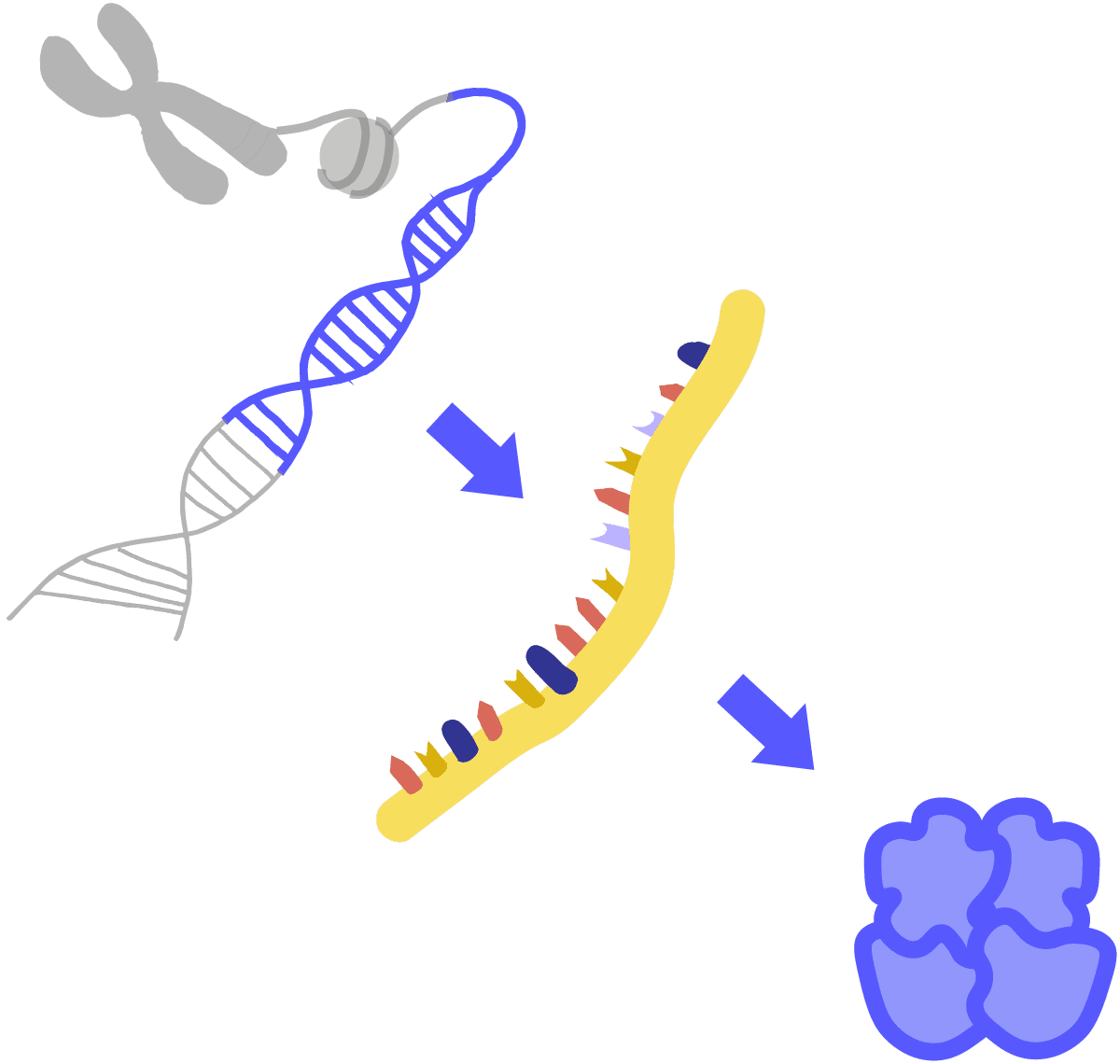TRANSLATION
Translation is the process of converting the information encoded in the mRNA (messenger RNA) into a polypeptide chain, which ultimately forms a protein. This process involves several key steps, as outlined below:
Activation of Amino Acids: Before translation begins, each amino acid must be activated and linked to its corresponding transfer RNA (tRNA). This step requires energy in the form of ATP. The process of linking amino acids to tRNA is known as aminoacylation or charging of tRNA.
Initiation: Translation begins with the small ribosomal subunit binding to the mRNA molecule. The ribosome scans the mRNA until it encounters the start codon, which is typically AUG (codes for methionine). The initiator tRNA, carrying the amino acid methionine, pairs with the start codon. This marks the beginning of translation.
Elongation: During the elongation phase, the ribosome moves along the mRNA in a 5′ to 3′ direction. It reads each codon in the mRNA sequence and recruits the corresponding tRNA molecule, which carries the appropriate amino acid. The ribosome catalyzes the formation of a peptide bond between the adjacent amino acids, creating a growing polypeptide chain.
Translocation: After each peptide bond formation, the ribosome moves one codon along the mRNA in the 5′ to 3′ direction. This movement is facilitated by elongation factors. The uncharged tRNA is released from the ribosome, and the next tRNA with its attached amino acid enters the ribosomal A site.
Termination: Translation continues until the ribosome encounters one of the three stop codons (UAA, UAG, or UGA) in the mRNA. There are no tRNAs with anticodons that correspond to these stop codons. Instead, release factors recognize the stop codon and promote the termination of translation. At this point, the ribosome releases the completed polypeptide chain.
Protein Folding: Once the polypeptide chain is released, it begins to fold into its three-dimensional structure. This folding is critical for the protein to attain its functional conformation.
Post-translational Modifications: In many cases, the newly synthesized protein may undergo post-translational modifications, such as the addition of sugars or other functional groups. These modifications are essential for the protein to become fully functional.
Translation is a highly coordinated and accurate process that ensures the faithful conversion of the genetic code in mRNA into a functional protein. The ribosome plays a central role in orchestrating the steps of translation, and tRNA molecules act as adapters that facilitate the matching of codons with the appropriate amino acids.



